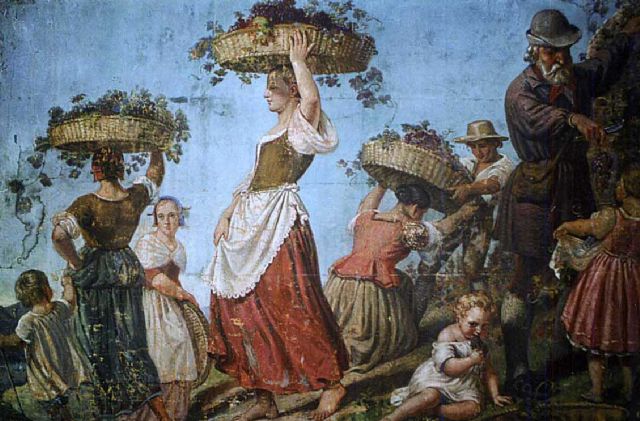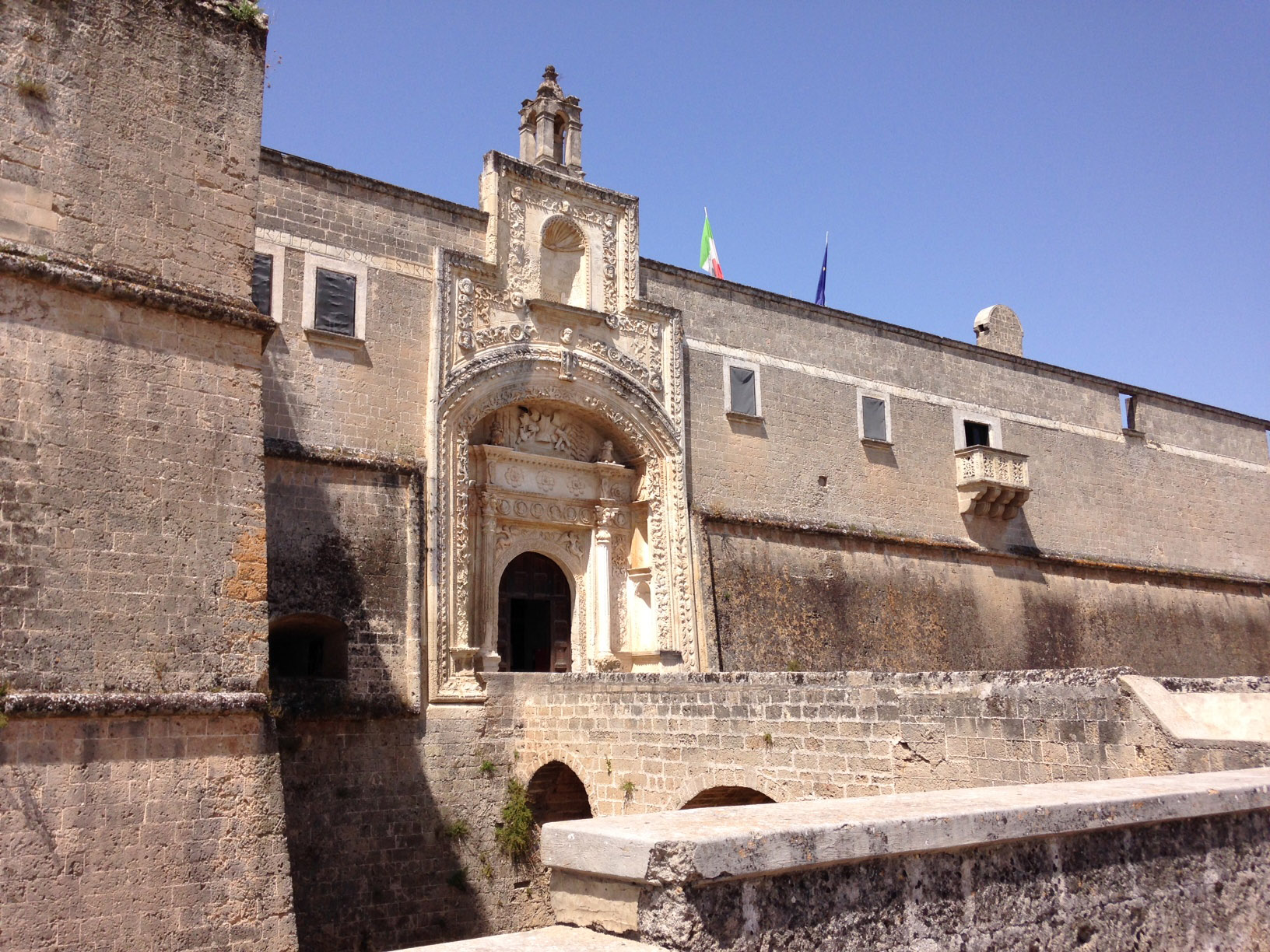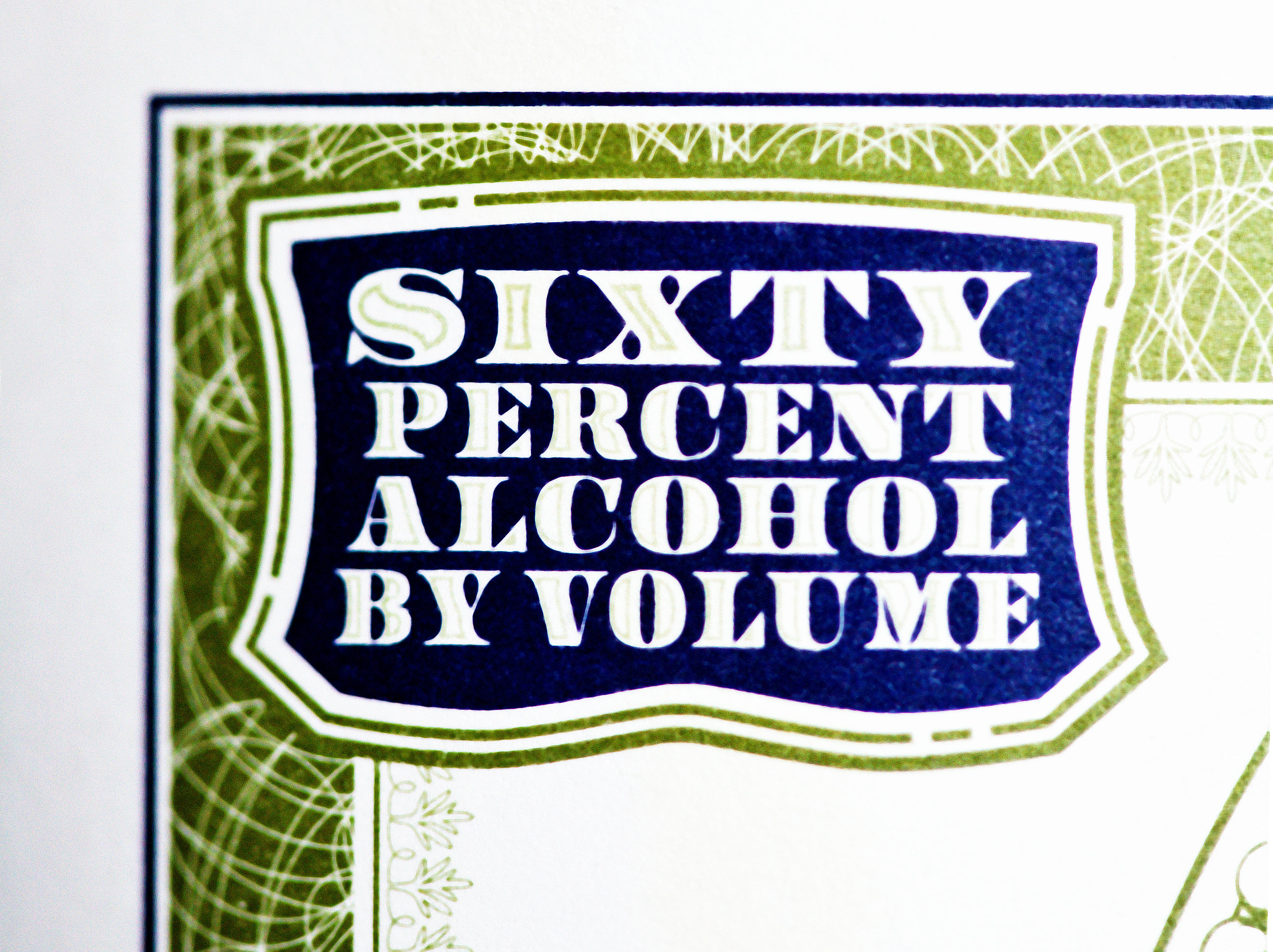|
Leverano
Leverano (Salentino: ) is a town and ''comune'' in the province of Lecce in the southeastern part of the Apulia region of south-east Italy. It is bounded by the ''comuni'' of Arnesano, Carmiano, Copertino, Nardò and Veglie. History Leverano was severely destroyed by the Ostrogoth Totila, it was also destroyed by the Arabs in the 9th century. A tower was later built in 1220 and it protected against pirate raids. The tower is built with Norman architecture. Leverano DOC The area around Leverano produces both red, white and ''rose'' Italian DOC wine, though the region produces vastly more red wine than anything else. The grapes are limited to a harvest yield of 15 tonnes/ha. Red wines must have a finished alcohol level of at least 12% and are composed of at least 65% Negroamaro and up to 35% of the assorted blend of Malvasia, Sangiovese and Montepulciano. White wines must have a minimum alcohol level of at least 11% and be composed by at least 65% Malvasia bianca with Trebbiano ... [...More Info...] [...Related Items...] OR: [Wikipedia] [Google] [Baidu] |
Negroamaro
Negroamaro (seldom Negro amaro; meaning "black ndbitter") is a red wine grape variety native to southern Italy. It is grown almost exclusively in Apulia and particularly in Salento, the peninsula which can be visualised as the "heel" of Italy. The grape can produce wines very deep in color. Wines made from Negroamaro tend to be very rustic in character, combining perfume with an earthy bitterness. The grape produces some of the best red wines of Apulia, particularly when blended with the highly scented Malvasia Nera, as in the case of Salice Salentino. History and Etymology While ''negro'' is from an Italian and Latin word meaning "black", there is some dispute as to whether ''amaro'' is from the Italian word for "bitter" or whether it derives from the ancient Greek ''mavro'' also meaning "black". If the latter theory is correct, ''mavro'' may share a root with ''merum'', a wine brought to Apulia by Illyrian colonists before the Greeks arrived in the 7th century BC. Horace and ... [...More Info...] [...Related Items...] OR: [Wikipedia] [Google] [Baidu] |
Bombino Bianco
Bombino bianco is a white Italian wine grape variety planted primarily along Italy's Adriatic coast line, most notably in Apulia. The vine is prone to high yields and often produces neutral flavor wines.J. Robinson ''Jancis Robinson's Wine Course'' (Third Edition), p. 100, Abbeville Press 2003 The grape is known under many synonyms throughout Italy including ''Debit'' and ''Pagadebit'', names which came from the grape's reputation for being a high yielding and reliable crop for vineyard owners to grow that would assure them that on each vintage they could pay off their debts.Oz Clarke, ''Encyclopedia of Grapes'', p. 45, Harcourt Books 2001 Shelley Lindgren, Matthew Accarrino, Kate Leahy 'SPQR: Modern Italian Food and Wine'' pg 164, Random House Digital, Inc., Oct 16, 2012 The exact origins of the grape are unknown, with early wine texts speculating that the grape may have originated in Spain. Today most ampelographers believe that the grape is indigenous to southern Ita ... [...More Info...] [...Related Items...] OR: [Wikipedia] [Google] [Baidu] |
Veglie
Veglie (Salentino: ) is a town and ''comune'' in the Italian province of Lecce in the Apulia region of south-east Italy. Veglie is west of Lecce and east of the sea, the Gulf of Taranto. It is bounded by the ''comuni'' of Campi Salentina, Carmiano, Leverano, Nardò, Novoli and Salice Salentino. History Veglie was founded around the 10th century. Francesco Ribezzo thinks that the name ''Veglie'' comes from pre-Messapic ''vel'', of Mediterranean origin, meaning "elevation". A tomb found in Via Novoli in 1957 dates back to Messapic times. It is displayed in a provincial museum. Economy Its main industries are agriculture, which features olive and wine Wine is an alcoholic drink typically made from fermented grapes. Yeast consumes the sugar in the grapes and converts it to ethanol and carbon dioxide, releasing heat in the process. Different varieties of grapes and strains of yeasts are ... production and manufacturers. Ice cream is also produced in the village. Re ... [...More Info...] [...Related Items...] OR: [Wikipedia] [Google] [Baidu] |
Montepulciano (grape)
Montepulciano ( , ) is a red Italian wine grape variety that is most noted for being the primary grape behind the DOCG wines Offida Rosso, Montepulciano d'Abruzzo, Montepulciano d'Abruzzo Colline Teramane, Rosso Conero and the DOC wine Rosso Piceno Superiore. It should not be confused with the similarly named Tuscan wine Vino Nobile di Montepulciano, which is made from predominantly Sangiovese and is named for the town it is produced in, rather than for containing any Montepulciano grapes in the blend. The grape is widely planted throughout central and southern Italy, most notably in Abruzzo, Lazio, Marche, Molise, Umbria and Apulia, and is a permitted variety in DOC wines produced in 20 of Italy's 95 provinces. Montepulciano is rarely found in northern Italy because the grape has a tendency to ripen late and can be excessively "green" if harvested too early. When fully ripened, Montepulciano can produce deeply colored wines, with moderate acidity and noticeable extract ... [...More Info...] [...Related Items...] OR: [Wikipedia] [Google] [Baidu] |
Nardò
Nardò ( la, Neritum or ; cms, Nareton) is a town and ''comune'' in the southern Italian region of Apulia, in the Province of Lecce. Lies on a lowland area placed at south-west of its Province, its border includes part of the Ionian coast of Salento. For centuries, it had been one of the central cities of the Byzantine Empire, until 1497, when the ducal House of Acquaviva acquired it under their domain. During those years it became the main cultural hotspot of Salento, seat of many Universities, Academies, literary and philosophical studies: it was given the name of ''Nuoua Atene litterarum''. With almost 32.000 inhabitants and 190 squared kilometres of land, it is the second largest and most populated city among those in the Province, right after Lecce, and also one of the most culturally active towns of Salento. The Old Town is particularly rich with palaces, churches, chapels and other architectural details shaped accordingly to the principles of Lecce's Baroque style. In ... [...More Info...] [...Related Items...] OR: [Wikipedia] [Google] [Baidu] |
Copertino
Copertino (; historical en, Cupertino, italic=yes; scn, label= Salentino, Cupirtinu ), also known in English as Cupertino, is a town and ''comune'' in the province of Lecce in the Apulia region of south-east Italy. History Following Charles of Anjou's successful campaign in 1266, the Hohenstaufen tower of Copertino was held first by the de Pratis family and then by Walter VI of Brienne, Duke of Athens, Count of Lecce and Grand Constable of France. Copertino became the centre of a County under the Enghiens, who were sovereigns of the land of Galatone, Leverano and Veglie. With the marriage of Mary of Enghien, Countess of Lecce and Copertino (later Queen of Naples and titular Queen of Sicily, Jerusalem, and Hungary) to Raimondo del Balzo Orsini, the county became part of the principality of Taranto. The French knight Tristan Chiaromonte (de Clermont-Lodeve) led the development of the county capital, having assumed power over the territory on his marriage to Caterina, d ... [...More Info...] [...Related Items...] OR: [Wikipedia] [Google] [Baidu] |
Sfakiotes
Sfakiotes ( el, Σφακιώτες) is a former municipality on the island of Lefkada, Ionian Islands, Greece. Since the 2011 local government reform it is part of the municipality Lefkada, of which it is a municipal unit. It is landlocked and located in the northern part of the island, just south of Lefkada. It has a land area of 30.494 km² and a population 1,377 (2011 census). The seat of the municipality was in the town of Lazarata (pop. 526). Other larger villages are Pinakochóri (214), Kávallos (180), Exántheia (pop. 170), and Spanochóri (161). The municipal name owes its origin to its first inhabitants who came from Sfakia and Chora Sfakion in the island of Crete. The municipal unit also features the Melissa gorge, one of the most beautiful points of interest on the island. Subdivisions The municipal unit Sfakiotes is subdivided into the following communities: * Asprogerakata * Drymonas * Exanthia * Kavallos * Lazarata * Pinakochori * Spanochori Twinnings The ... [...More Info...] [...Related Items...] OR: [Wikipedia] [Google] [Baidu] |
Province Of Lecce
The Province of Lecce ( it, Provincia di Lecce; Salentino: ) is a province in the Apulia region of Italy whose capital is the city of Lecce. The province is called the "Heel of Italy". Located on the Salento peninsula, it is the second most-populous province in Apulia and the 21st most-populous province in Italy. The province occupies an area of and has a total population of 802,807 (2016). There are 97 comunes (Italian: ''comuni'') in the province. It is surrounded by the provinces Taranto and Brindisi in the northwest, the Ionian Sea in the west, and the Adriatic Sea in the east. This location has established it as a popular tourist destination. It has been ruled by the Romans, Byzantine Greeks, Carolingians, Lombards, and Normans. The important towns are Lecce, Gallipoli, Nardò, Maglie, and Otranto. Its important agricultural products are wheat and corn. History The province of Lecce has its origins in the medieval Giustizierato, known then as the Province of Te ... [...More Info...] [...Related Items...] OR: [Wikipedia] [Google] [Baidu] |
Greece
Greece,, or , romanized: ', officially the Hellenic Republic, is a country in Southeast Europe. It is situated on the southern tip of the Balkans, and is located at the crossroads of Europe, Asia, and Africa. Greece shares land borders with Albania to the northwest, North Macedonia and Bulgaria to the north, and Turkey to the northeast. The Aegean Sea lies to the east of the mainland, the Ionian Sea to the west, and the Sea of Crete and the Mediterranean Sea to the south. Greece has the longest coastline on the Mediterranean Basin, featuring thousands of islands. The country consists of nine traditional geographic regions, and has a population of approximately 10.4 million. Athens is the nation's capital and largest city, followed by Thessaloniki and Patras. Greece is considered the cradle of Western civilization, being the birthplace of democracy, Western philosophy, Western literature, historiography, political science, major scientific and mathematical p ... [...More Info...] [...Related Items...] OR: [Wikipedia] [Google] [Baidu] |
Alcohol Level
Alcohol by volume (abbreviated as ABV, abv, or alc/vol) is a standard measure of how much alcohol (ethanol) is contained in a given volume of an alcoholic beverage (expressed as a volume percent). It is defined as the number of millilitres (mL) of pure ethanol present in of solution at . The number of millilitres of pure ethanol is the mass of the ethanol divided by its density at , which is . The ABV standard is used worldwide. The International Organization of Legal Metrology has tables of density of water–ethanol mixtures at different concentrations and temperatures. In some countries, e.g. France, alcohol by volume is often referred to as degrees Gay-Lussac (after the French chemist Joseph Louis Gay-Lussac), although there is a slight difference since the Gay-Lussac convention uses the International Standard Atmosphere value for temperature, . Volume change Mixing two solutions of alcohol of different strengths usually causes a change in volume. Mixing pure water with ... [...More Info...] [...Related Items...] OR: [Wikipedia] [Google] [Baidu] |
Guillena
Guillena is a city located in the province of Seville, Spain. According to the 2005 census ( INE), the city has a population of 9,035 inhabitants. Nature Has a zoo with white lion The white lion is a rare color mutation of the lion, specifically the Southern African lion. White lions in the area of Timbavati are thought to have been indigenous to the Timbavati region of South Africa for centuries, although the earliest r ...s, among other animals (Spanish) References External links [...More Info...] [...Related Items...] OR: [Wikipedia] [Google] [Baidu] |
Trebbiano
Trebbiano is an Italian wine grape, one of the most widely planted grape varieties in the world. It gives good yields, but tends to yield undistinguished wine. It can be fresh and fruity, but does not keep long. Also known as ugni blanc, it has many other names reflecting a family of local subtypes, particularly in Italy and France.Robinson, Jancis ''Vines, Grapes & Wines'' Mitchell Beazley 1986 Its high acidity makes it important in Cognac and Armagnac productions. History Trebbiano may have originated in the Eastern Mediterranean, and was known in Italy in Roman times. A subtype was recognized in Bologna in the thirteenth century, and as Ugni blanc made its way to France, possibly during the Papal retreat to Avignon in the fourteenth century. Pedigree An Italian study published in 2008 using DNA typing showed a close genetic relationship between Garganega on the one hand and Trebbiano and several other grape varieties on the other hand. It is therefore possible that Ga ... [...More Info...] [...Related Items...] OR: [Wikipedia] [Google] [Baidu] |




.jpg)

